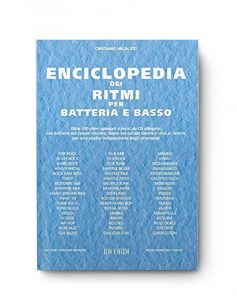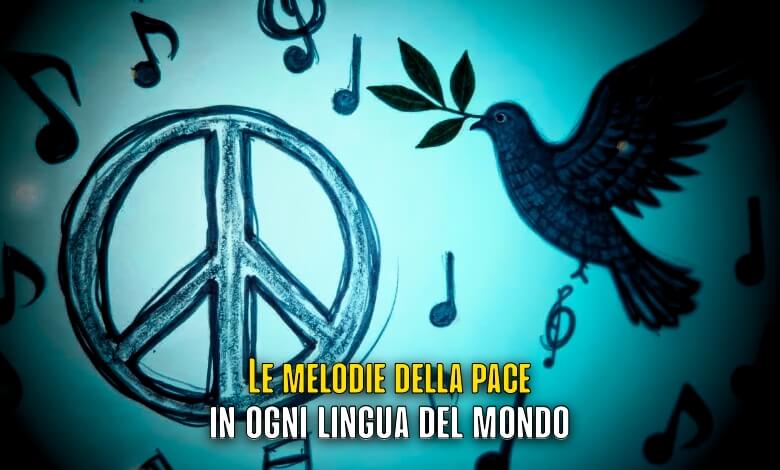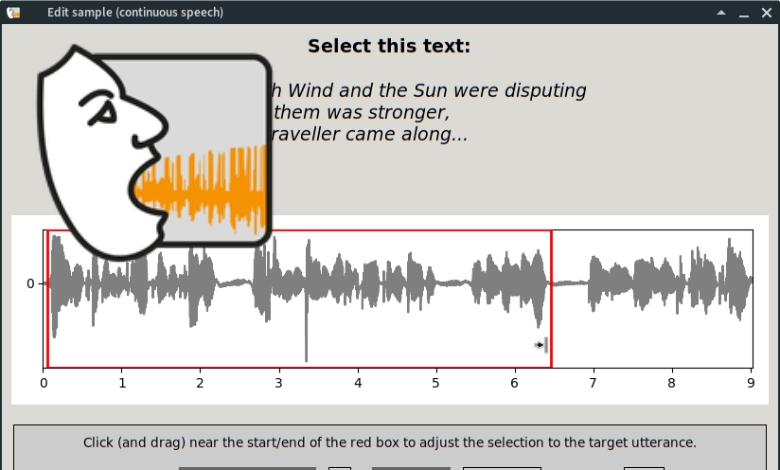Article index
Encyclos of rhythms

Author: Di
Editore: Ricordi (June 1, 1998)
Language: Italian
Flexible Cover: 78 Pages
-Ok, it is coming! ... The regional of 7.47 passed first from Mary, who witted the places, those of 4 so as to be comfortable, and then I went up to the fly, the Academy direction, direction the theory and solfeggio lesson, rhythmic reading , Harmonic analysis and vocal technique.
An hour and 10 minutes of journey by well organized train.
The rules were:
√ Sunglasses on, because the eyes were swollen from the few hours of sleep that gave me the work as a waitress of the previous evening
√ Those who arrived in advance at the station took the brioches to the other (to the berries and if there is not, full -mounted in honey) countless times neither of them could and sometimes it has also happened to find us with 4 brioches
√ The first 20 minutes the conversation had to be limited to a few pleasantries, just a "as you are" of courtesy, with response a mugno that clarified the state of morning coma.
Carburata the morning with an adjoining breakfast by train, the practice was more or less the usual:
I admit that he never pervaded me the joy of the idea of solfiating (who likes solfeggio likes? Be sincere with your heart) but I wanted to learn and therefore I did not give up.
And so the lesson of Solfeggio on the train started, with the tail between the legs of those who know that he should have done more, with the anxiety of cazziatone who would have rightly arrived from the teacher for the umpteenth time, and with that malice that Only a few rhythmic figures know how to arouse you.
Therefore we arrived in the academy with the painful thighs, because instead of keeping the fourth like normal people, every time I watched me on some passage my hand turned into a wooden beante inflicting corporeal penalties mixed with nervousness.
In my study path (both on the train and the one in the academy) I understood that two things in my opinion are essential for the life of the singer:
Be taught and go in time.
And to go in time you need to count.
There are no magical tricks or particular sensations to understand, and to learn it is necessary to study, which also requires reading and practicing until things flow and the times begin to take shape.
Here's what he reminded me of reading this wonderful book!
"Encyclopedia of rhythms for drums and bass" by Cristiano Micalizzi, over 200 rhythms explained and engraved on CD attached with a bass on the right channel, battery on the accident and click in the center, to be able to study the tools in the various rhythms independently.
78 pages of pure exercise, with a short simple introduction on how to read and play the notes for the battery (played in the CD attached by Cristiano Micalizzi himself) and how to play the Note Basso (played by Francesco Puglisi).
And then away for the various genres from pop rock, to charleston passing from the shuffle rhythms and without forgetting the jazz New Orleans, Dixieland, Boogie Woogie and Bebop, and when you think the terzininate is ok, the 12/8 funk is ready to put you to the test!
In short, a potpurri of rhythms explained on clear scores and introduced with a historical and technical nod on the genre treated, with a guide to listening to the book, so as not to miss the most exemplary collections of the various genres.
A well -made book, simple and complete, to browse 2 times a week for all musicians (and therefore also those who play the voice) because I will say the most obvious thing in the world: you never stop learning, but the error more Great we can do is to give something taken for granted when it is not, even a 4/4.
Read the article also: why does the school kill creativity?








